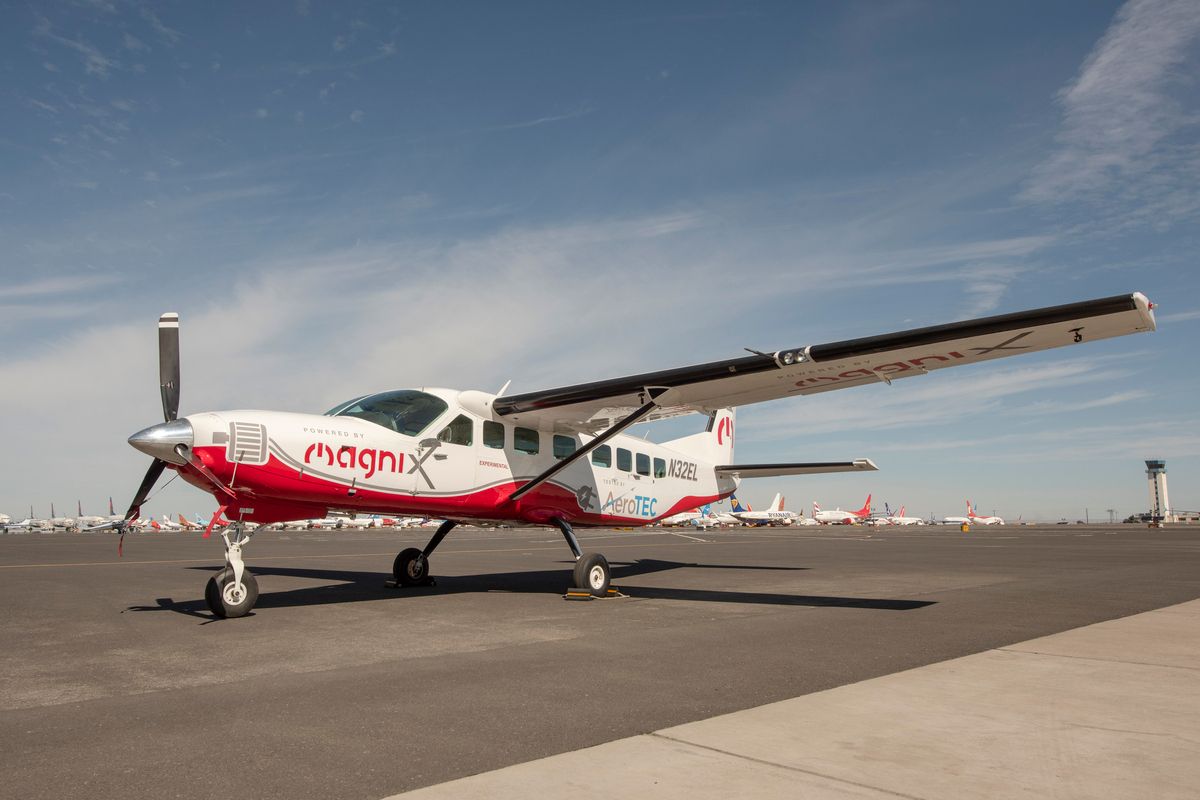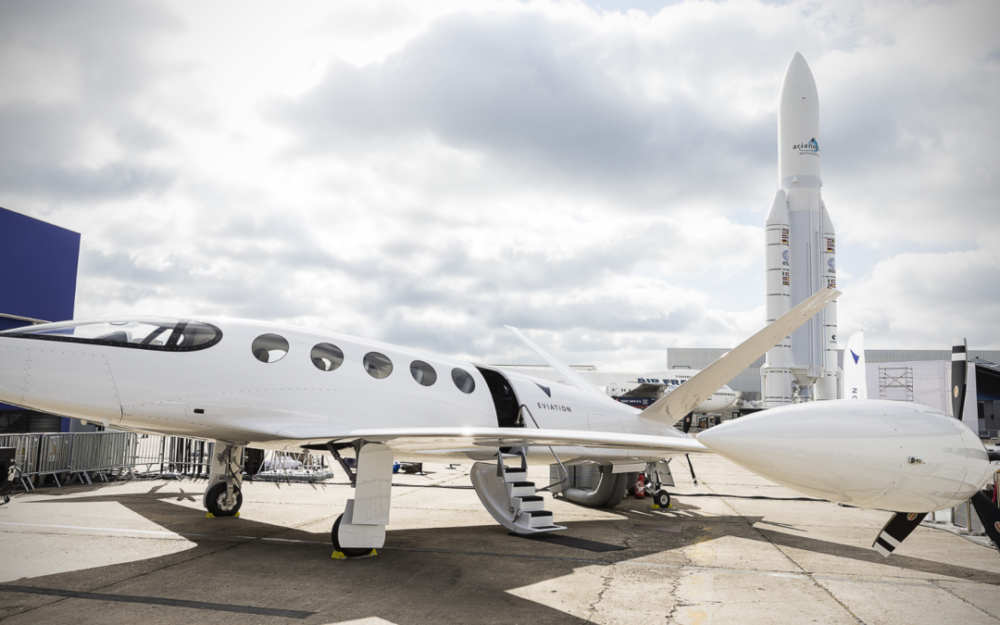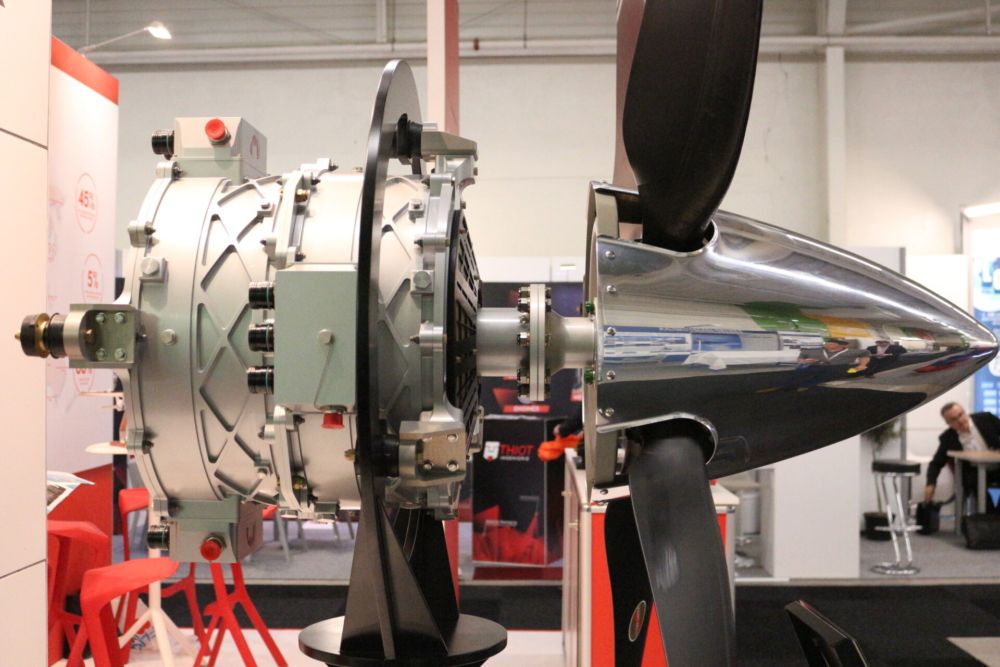This week, the Federal Aviation Administration (FAA) announced special conditions for airworthiness standards of electric propulsion systems in commercial aircraft. The agency has not previously type certificated an engine that primarily uses electrical technology for the propulsion of a plane. However, magniX's electric propulsion units (EPUs) are now paving the way for a new generation of aviation.
The market
magniX's technology revolves around electrifying middle-mile aviation, which is between 50-500 miles (80-800 kilometers) in range. Operations include current aircraft such as the five-passenger DHC-2 de Havilland Beaver (eBeaver), the Cessna 208B Grand Caravan (eCaravan), and the 40-passenger Hydrogen Fuel Cell Dash-8. The products also have newly designed all-electric aircraft like the Eviation Alice and the Faradair BEHA, which we've recently featured, in mind.
The magni350 and the larger magni650 both hold flight-proven common-core architecture and technologies. The pair can drive a propeller governor and standard aircraft accessories, all from the front cone of each motor. Most importantly, both units have fewer moving parts, and operate at much lower speeds and lower temperatures than traditional propulsion systems to increase reliability and reduce maintenance costs. Additionally, they are the only flight-proven electric propulsion systems at this scale.
A significant milestone
"The FAA's announcement is a watershed moment for the industry. Until now, the only rules regarding the certification of aircraft propulsion were for fossil fuel-based engines. This is the first and only set of rules by the FAA that covers electric propulsion. Now that FAA has established this baseline, we can move into the next certification phase and make electric aviation a commercial reality," magniX CEO Roei Ganzarski told Simple Flying.
"This announcement is a decisive moment for the industry. The publication of the FAA Special Conditions for electric propulsion solidifies the plan to have all-electric sub-500 mile flights be a reality before 2025. Recently, the FAA ruled their airworthiness regulations didn't cover "novel or unusual" tech, including electric-plane technologies. Well, it's not novel or unusual anymore; it's the new reality."
Stay informed: Sign up for our daily and weekly aviation news digests.
Opening up doors
Ganzarski notes that the cost of air travel is prohibitively expensive on short flights of less than 500 miles (800 kilometers), to the point that of all sub-500 miles trips in the United States, only 1.6% are conducted by air. Electric aircraft will ensure that regional flight is more accessible in terms of lower prices, more flights, less noise, and zero carbon emissions.
The executive adds that the price of tickets on electric planes will be much more affordable for short, convenient flights, thanks to the reduction in operating costs. This factor will enable passengers to travel in a way previously not possible.
Noise testing results have also demonstrated a considerable reduction in noise pollution of a magniX EPU-powered electric aircraft versus a conventional one, reducing noise energy by approximately 100 times. Notably, with lower noise emissions, electric planes can open up greater mobility across airports, including over 200 airports across the United States that are presently restricted due to noise regulations.
Altogether, the aviation industry is currently going through a monumental sustainability revolution. While sustainable aviation fuel (SAF) and hydrogen will help overhaul medium and long-haul operations, electric propulsion will combine with these resources to be the focus when it comes to short-haul. New route networks can up due to this overhaul, leading to new opportunities across the industry.
What are your thoughts about the FAA's announcement regarding electric propulsion? What do you make of the future of electric aviation? Let us know what you think of the overall prospects in the comment section.



